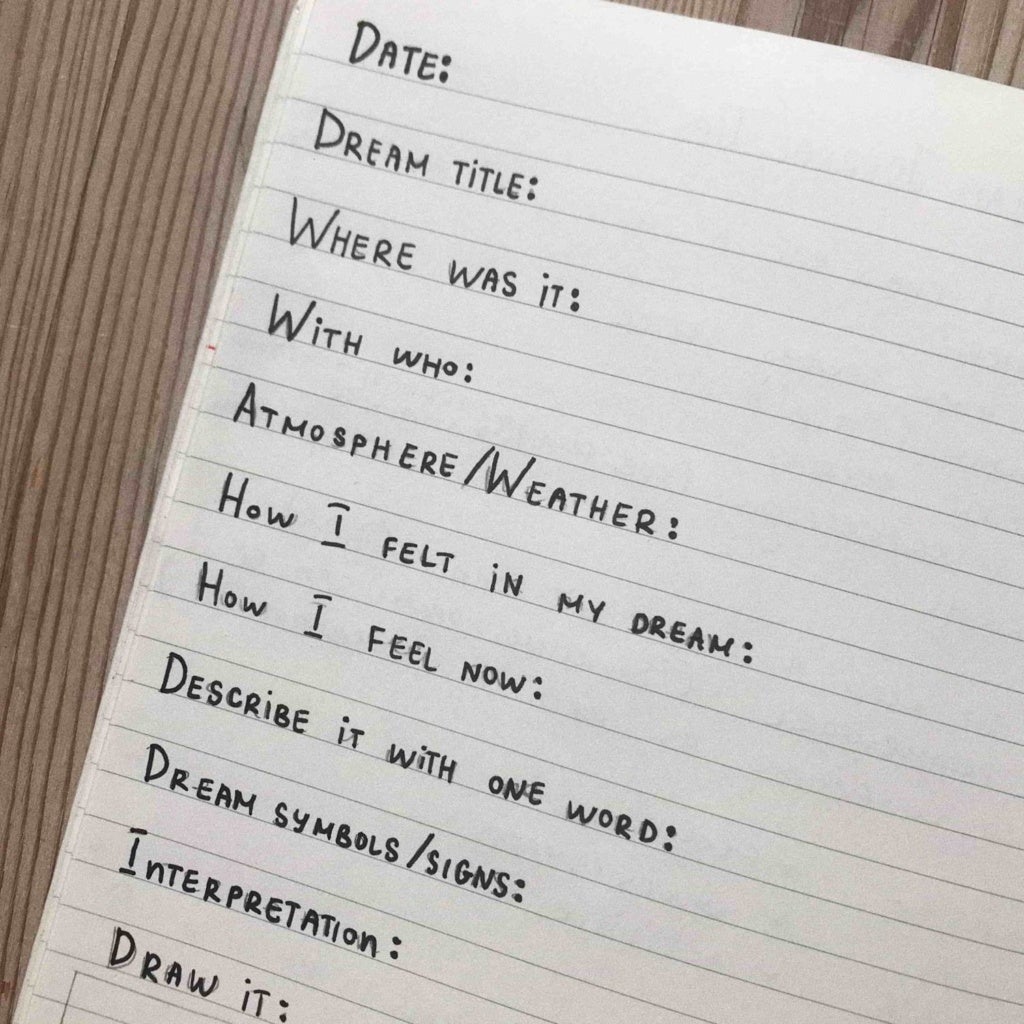Let’s face it. Reality, to a certain extent, sucks. Being an adult and having responsibilities can often times be very mundane and very much not what you were expecting when you were a kid telling yourself that you can’t wait to grow up.
All the plans that you made, all the things on your bucket list seem to be rotting away. But does it really have to?
Though most of these plans, like travelling the world can take up a lot of money, there is one way that you could do it all, tonight. (Well, not really, but sort of.)

Source: NewScientist
Lucid dreaming is basically when you’re aware that you’re dreaming and with that awareness, comes control. You get to be in charge of your dream, from where it’s going to how it’s going. And, it’s surprisingly common.
The tactic I personally use to lucid dream is called the Mnemonic Induction of Lucid Dreams (MILD), and it’s one of the easier methods that also uses scientific research to induce such dreams. MILD is based on prospective memory, a behaviour which involves setting an intention to do something, while remembering that you’re dreaming.
Here’s how to do it:
1. As you fall asleep, think of a recent dream or something that you want to do

Source: Huffpost
You’re imagination is key here for in your dreams, you could literally be whoever or whatever you want, so if you’re feeling inventive, you could think of having a particular superpower or ability. This should be done as you’re falling asleep as this will set the tone for your dream.
If you’re not feeling artistic and just want to fulfill certain wishes, like going to Disneyland or trekking the Himalayas, it works all the same. You could also try to return to a dream you’ve had before.
2. Identify a “dream sign” or something that’s irregular or strange in the dream.

Once you’re deep in thought, certain times you wouldn’t even realise you’ve fallen asleep. This is where it’s important to always be aware of your surroundings. If you’re in a dream, you’d clearly wouldn’t be in bed anymore.
Other elements to look out for are words, or even a clock. Words on books or signs, or the time on a clock will constantly change, even if you were to immediately look twice. Even other objects like hands could look a little blurry or weird.
Once you’ve acknowledged that you’re in your “dream space”, start walking around to get a hang of moving in a dream.
3. Focus on returning to the dream you want to return to or whatever it is you’ve wanted to do or be.
![]()

If you wish to return to a dream you’ve had before, imagine it happening around you as you’re in your dream space.
Always wanted to be an international spy? Imagine speeding away in a Ferrari while being chased by gun wielding henchmen. Always wanted to see Greece? Imagine gliding through the Temple of Athena Nike.
It’s all about visualisation and the possibilities are endless.
4. Tell yourself, “The next time I dream, I want to remember that I am dreaming.” Recite the phrase in your head.

Source: LucidDreamSociety
This will not only help you remember your dream after you’ve woken up, but it’ll also make it easier for you to return to it if you wish to.
Pro-tip: Keep a journal beside your bed, so every time once you’re awake, quickly jot the memories down before you forget them.
Practice truly makes perfect, for once you’ve tried it a couple of time, lucid dreaming can come quite naturally though you should practice caution for lucid dreams are only suitable for those who are more mentally stable for some have experienced sleep paralysis during lucid dream trials.
This can be very frightening considering you can’t move, you’re aware that you’re awake and you may experience certain hallucinations from your dream. Hence, it’s important to be wary when experimenting with lucid dreaming.
Lucid dreams are like swimming pools, you could drown but if you slowly learned to swim, you can have a blast splashing around, or even just blissfully floating.
Also read: Dad Checks Up on Daughter After She Visited Him in His Dreams, Shocked to Find Her Dead




































